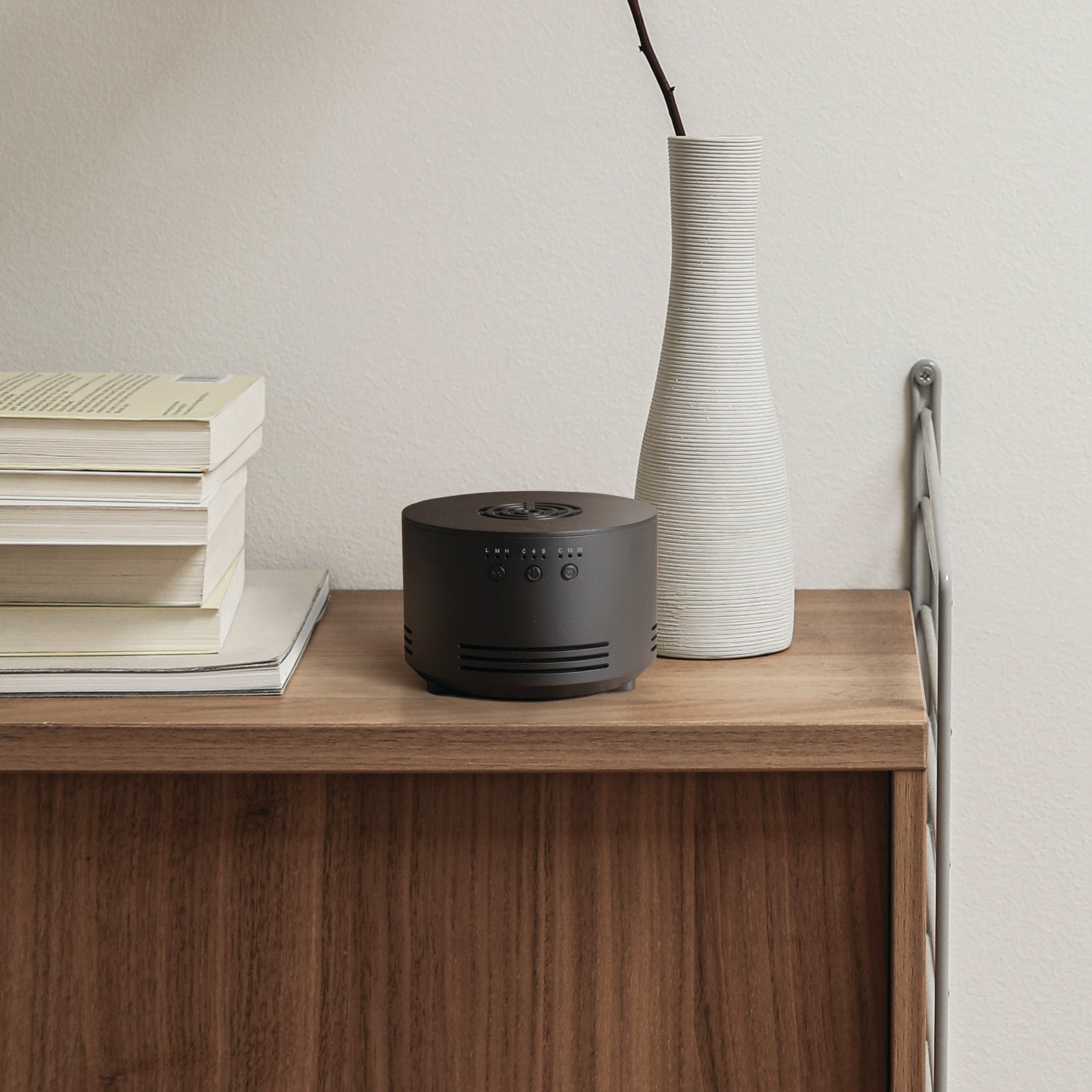
Clinical Aromatherapy for Pain Management
 In 2016, three researchers published a meta-analysis and systemic review of aromatherapy’s [phyto-inhalants’] efficacy [1] as it relates to pain reduction in the journal Pain Research and Treatment. These weren’t just any researchers, either — they were heavy-hitters from three very well-respected health institutions, including the Global Neuroscience Initiative Foundation and the Cleveland Clinic’s Neurological Institute.
In 2016, three researchers published a meta-analysis and systemic review of aromatherapy’s [phyto-inhalants’] efficacy [1] as it relates to pain reduction in the journal Pain Research and Treatment. These weren’t just any researchers, either — they were heavy-hitters from three very well-respected health institutions, including the Global Neuroscience Initiative Foundation and the Cleveland Clinic’s Neurological Institute.
So what did the meta-analysis examine? An extremely wide cross-section of different pain experiences. This included multiple types of chronic pain, including back, neck and knee; gynecological pain, i.e. menstrual, labor and childbirth, and post-Caesarean section; and a range of other types of common pain, including postoperative, pediatric, hemodialysis, renal colic, cancer, multiple sclerosis, as well as pain in hospice settings.
What the researchers found was that “aromatherapy can be effective in treating pain for a variety of medical conditions. Likewise, most studies found that patient satisfaction was increased, while patient anxiety and depression were decreased.” They also added that “no adverse effects were reported in any of the included studies” and that “the cost associated with aromatherapy is far less than the cost associated with standard pain management treatment” — even more positive news for health care providers, hospitals and insurers, as well as the patients being treated.
What kind of pain is aromatherapy most effective in treating? The review looked at this as well, reporting that it is best for “treating nociceptive (SMD = −1.57, 95% CI: −1.76, −1.39, ) and acute pain (SMD = −1.58, 95% CI: −1.75, −1.40, )” and less so for “inflammatory (SMD = −0.53, 95% CI: −0.77, −0.29, ) and chronic pain (SMD = −0.22, 95% CI: −0.49, 0.05, ), respectively.” Specifically, it was found to have high degrees of efficacy for “treating postoperative pain (SMD = −1.79, 95% CI: −2.08, −1.51, ) and obstetrical and gynecological pain (SMD = −1.14, 95% CI: −2.10, −0.19, ).”
All this to say, while it’s true that aromatherapy has been used for centuries, if not millennia, that doesn’t mean it can’t or shouldn’t be subjected to the rigors of scientific inquiry. In fact, it absolutely should be, given the number of claims being made by both individual influencers and multi-million dollar corporations.
As more and more positive findings are published, it only creates more interest and momentum around aromatherapy’s potential health benefits as the subject of clinical research. This effect is especially apparent with a quick search on PubMed. For instance, from 2009–2018 (to date), there were almost 700 studies published and searchable there related to aromatherapy, but from 1999–2008, only around 450. That’s a more than 50% increase in aromatherapy research in the last decade alone. Clearly, there is an ever-increasing desire in the scientific community to quantify the effects of aromatherapy in clinical settings and seemingly no end in sight.
Aeroscena® is proud to play a part in clinical aromatherapy research. Each of our formulas was created based on the best available empirical evidence. We are always seeking to provide evidence for efficacy before any type of claim is made.
Regular readers know that we work with renowned medical institutions from around the country to collect data and prove/improve our formulas. Our plans for 2019 include no fewer than three randomized, controlled and double-blinded studies to build upon previous research, break new ground, and to provide a safe and effective way to manage pain. We hope that in some small way, we will also contribute to reducing the reliance on and over-prescription of opioids, substances that have ravaged, and continue to destroy, so many families and communities in the USA.
[1] Shaheen E. Lakhan, Heather Sheafer, and Deborah Tepper, “The Effectiveness of Aromatherapy in Reducing Pain: A Systematic Review and Meta-Analysis,” Pain Research and Treatment, vol. 2016, Article ID 8158693, 13 pages, 2016. https://doi.org/10.1155/2016/8158693.








Leave a comment
This site is protected by hCaptcha and the hCaptcha Privacy Policy and Terms of Service apply.